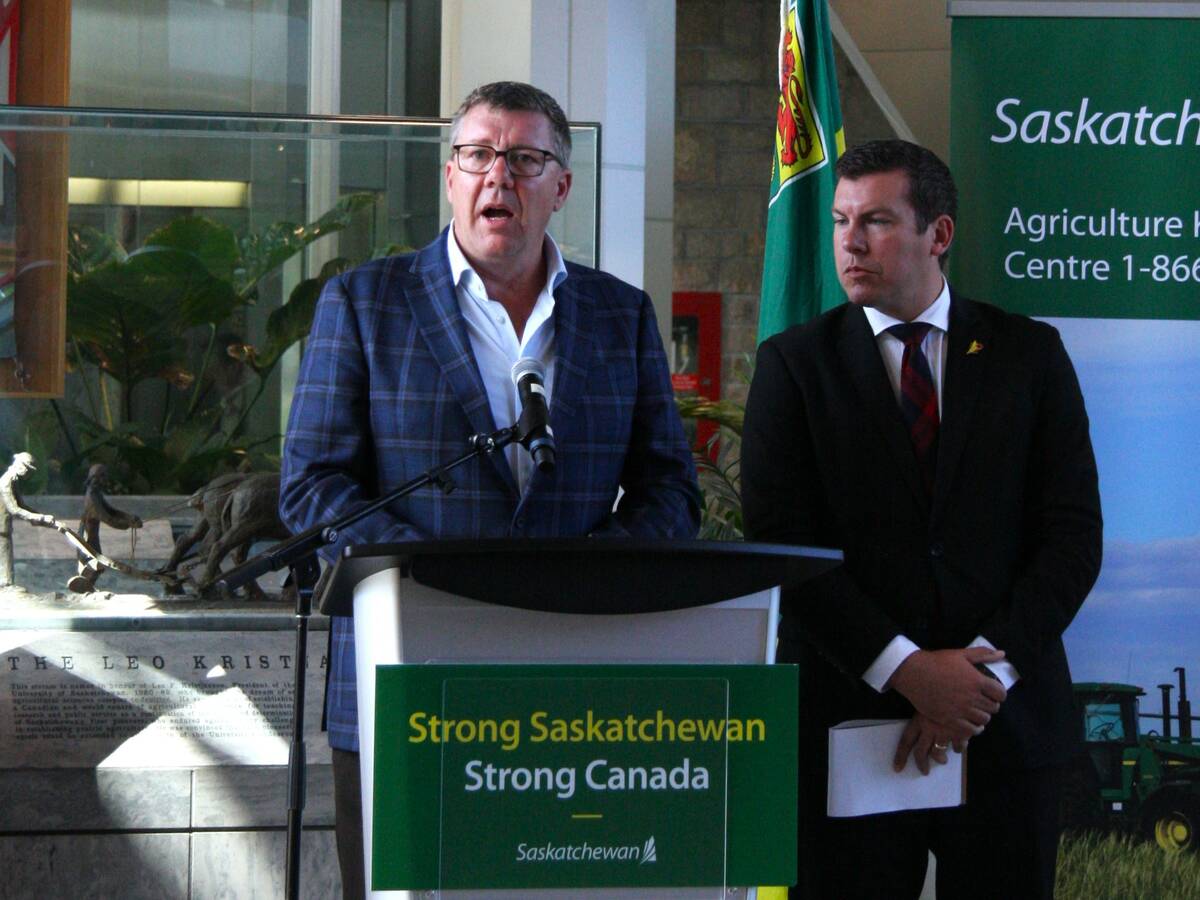The University of Saskatchewan’s College of Agriculture and Bioresources is educating its largest class of first year students in the last decade.
At 231, the number of first year students is 17 percent higher than 2010, when 198 students were in the first year of the program. In 2009, there were 108 first year students.
A strong agriculture economy and possibly a large cohort of Generation Y high school students might explain the surge in enrollment this year. However, a portion of the credit should also go to Jon Treloar, the college’s community liaison co-ordinator.
Read Also

Key actions identified to address canola tariffs
Federal and Saskatchewan governments discuss next steps with industry on Chinese tariffs
Treloar has convinced dozens of high school teachers in Saskatchewan over the last four years that despite its reputation as a college for farm kids, the university’s agriculture faculty can also be a route to an exciting and vibrant career for a wide swath of students.
“If we can get the science educators a little bit more ag enthused, they’re going to translate that to their students,” he said.
Treloar has sold the appeal of agriculture by hosting a professional development course he calls the Problem Based Learning Science Teacher workshop. About 200 teachers have taken Treloar’s two-day workshop, including Dani Vavra, who teaches in Landis, Sask.
“As soon as I finished the workshop, I was on a high for weeks. I was just so excited about it,” said Vavra, who teaches science and social studies at Landis School.
The workshop introduced Vavra to problem-based learning, an education method where the teacher acts as a facilitator rather than the provider of information. In contrast to traditional teaching methods, problem based learning compels students to take charge of their own education.
“Instead of just being passengers, they have to decide and take on the learning, and decide what they need to know,” Vavra said.
The education method offers a direct connection to bona fide problems, including issues related to agriculture, natural resources and the environment. For example, students might be asked to assume the role of a veterinarian to assess the threat of an avian flu outbreak.
“It’s very real life and they (students) are solving real life problems,” said Treloar.
In her Grade 10 science class last fall, Vavra presented a problem in the form of a project, as she asked her students to develop a proposal for a community garden.
“They had to do all the work, as far as learning about the soil, the plants, what they wanted to put into the garden,” she said.
“They had to do budgeting, fundraising and they had to do a landscape design.”
This spring the students will follow up on their proposal by planting a community garden at the school.
It’s hard to know if such a problem and a related project will encourage high school students to consider agriculture for a career, but Treloar said anything that establishes a link between science and agriculture should boost interest in the college.
“That’s what feeds our program, is the science students.”
Treloar said he is now looking for funding to expand the workshops beyond Saskatchewan because agriculture faculties at other Canadian universities have expressed interest.
“I would say I’m the only one (in Canada) using this approach.”

















